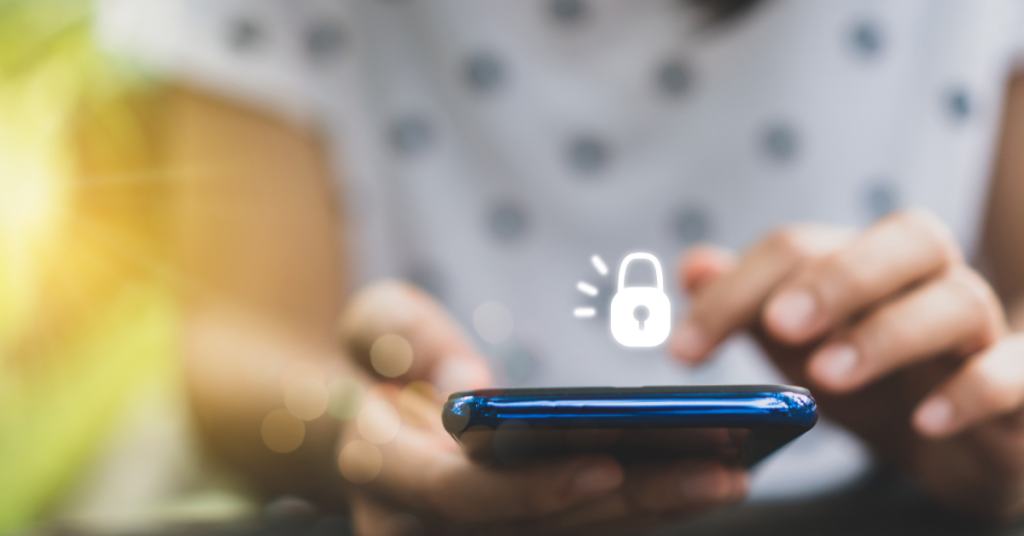Phone scams have become a global nuisance, tricking millions of people every year into giving away personal information, money, or access to their devices. With fraudsters becoming more convincing and sophisticated, recognizing a scam call number is more important than ever.
Whether it’s a robocall threatening legal action or a fake “romantic partner” asking for money, these scams cause emotional and financial damage especially among those who are already vulnerable through dating apps or online relationships.
In this blog, we’ll walk you through how scam calls work, how to identify suspicious numbers, and what steps you should take to protect yourself and your loved ones.
What is a Scam Call Number?
A scam call number is a phone number used by fraudsters to manipulate, trick, or threaten people into taking specific actions—usually handing over money, sharing personal data, or downloading malicious software.
Scammers may pretend to be:
- Bank representatives
- Government officials (IRS, police, etc.)
- Tech support agents (like Microsoft or Apple)
- Delivery services or package handlers
- Romantic interests or online friends
They use psychological pressure like urgency, fear, or fake affection to force quick decisions. And many use spoofed numbers, which appear local or legitimate on caller ID to avoid suspicion.

Common Types of Phone Scams
Understanding how scammers operate helps you recognize red flags. Here are the most common types of scam call numbers:
1. IRS or Government Threat Calls
You receive a call claiming unpaid taxes, legal charges, or a warrant for arrest. The scammer demands immediate payment through gift cards, wire transfers, or crypto.
2. Tech Support Scams
A person claims there’s a virus on your computer and asks you to give remote access or pay for fake software.
3. Dating & Romance Scams
This is common on dating platforms. Scammers build emotional connections over time, then call asking for help in emergencies pretending they’ve been mugged or need money to visit you.
4. Prize or Lottery Scams
The caller claims you’ve won a prize but must pay “processing fees” to receive it. This often leads to identity theft or financial loss.
5. Missed Call or One-Ring Scam
You receive a call that rings once, hoping you’ll call back. The number may charge high international rates, costing you heavily for just a few seconds of connection.
How to Recognize a Scam Call Number
Here are common signs that a call might be a scam:
- The caller demands urgent payment
- They ask for personal information (SSN, bank details)
- You’re pressured to act immediately
- The number is unfamiliar, international, or very similar to your own
- You’re told not to tell anyone about the call
- They request payment via gift cards, wire transfer, or crypto
Pro Tip: If something feels off, trust your instinct legitimate organizations never demand immediate action or payment over the phone.

What To Do If You Receive a Scam Call
If you think you’ve been contacted by a scam call number, take these steps:
1. Do Not Engage
Hang up immediately. Don’t press any buttons or say “yes” (your voice may be recorded and misused).
2. Block the Number
Use your smartphone’s call-blocking feature or third-party apps to prevent future calls from that number.
3. Report the Scam
- In the U.S., report to the FTC at reportfraud.ftc.gov
- In the UK, report to Action Fraud
- In Pakistan or other countries, contact your local cybercrime unit or telecom provider
4. Educate Others
Warn your family, especially older adults and teens, who are more vulnerable to these calls.
How to Protect Yourself Long-Term
Preventing scam calls is an ongoing effort. Here are tips to strengthen your defenses:
- Don’t answer unknown numbers let them go to voicemail
- Use spam call-blocking apps like Truecaller or Hiya
- Register your number with your country’s Do Not Call list
- Limit sharing your phone number on social media and online forms
- Enable 2FA (two-factor authentication) on key accounts in case of data leaks



